Both Norwegians and their Viking predecessors have a reputation for being tall. But how true is this really? We take a look at the numbers and the research.
A couple of years ago, my Norwegian partner and I were at St. Pancras in London, grabbing a coffee before our train.
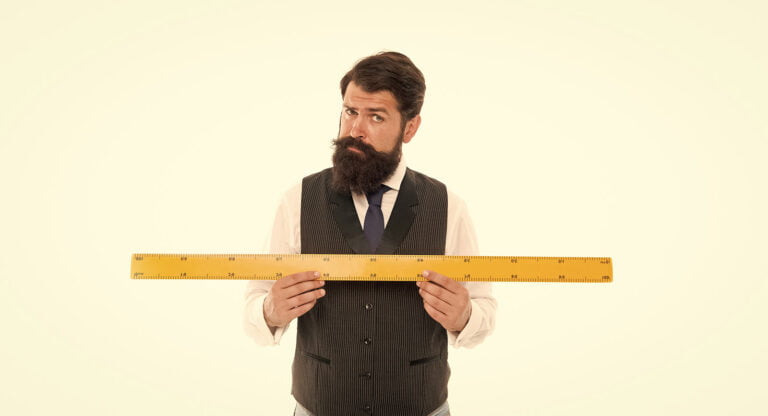
The barista offered to give him his coffee for free if my partner would let him guess his height. Never one to turn down free coffee, my partner agreed.
A grande man
“6ft 7” was the immediate – and correct – guess. However, as he was handing over the free coffee, my partner cleared his throat and said: “Technically I’m 6ft 7 and a half.”
At which point, I almost dumped my own coffee over his head. After a certain point, it doesn’t really matter what the specific inches are: you’re just unreasonably tall. Look:
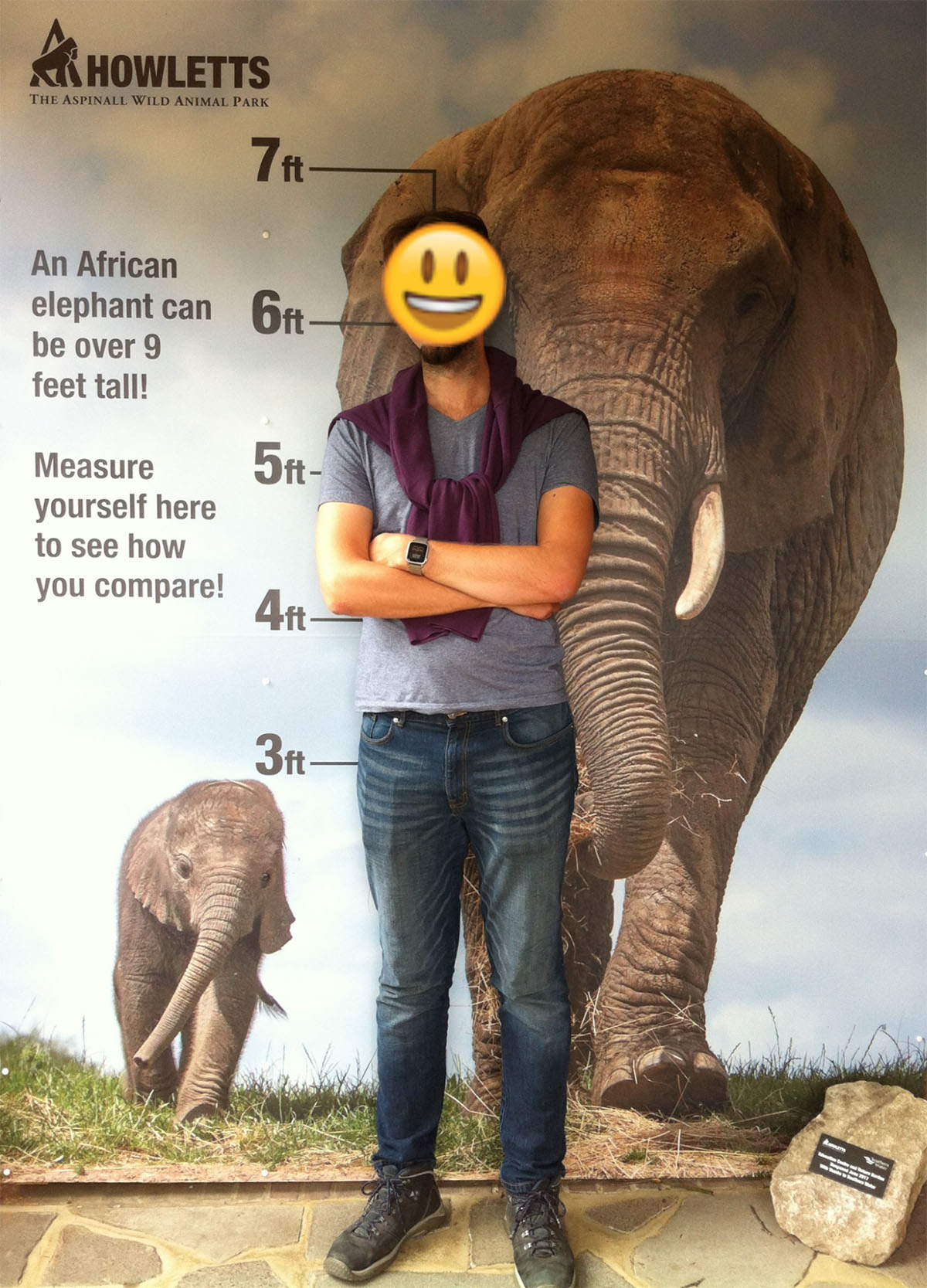
My partner often seems even taller when we’re together, as I am definitely on the shorter end of the scale, clocking in at 5ft 2 and a half (approx. 160cm) on a good day… and considering my poor posture, those good days are few and far between.
When people in the UK inevitably bring up my partner’s height, as soon as he mentions he’s from Norway, they’ll often say “ah!” and nod their heads in understanding, as if that explains everything.
Norwegians – like the rest of the Nordic region – have garnered a certain reputation for being tall, which has only been cemented by recent Viking TV shows like Vikings: Valhalla and The Last Kingdom, as well as films like The Northman.
But how tall are Norwegians really? Did they inherit their height from their Viking ancestors? Is Norway inhabited by giants? Or – as I very much suspect – is my partner just a freak of nature?
Average height of a Norwegian
In 2019, the average Norwegian was recorded as being 172.65cm tall, with the average Norwegian man standing at 179.74cm and the average Norwegian woman standing at 165.56cm.
While this is taller than the average Brit or American in 2019, it’s not unreasonably tall.
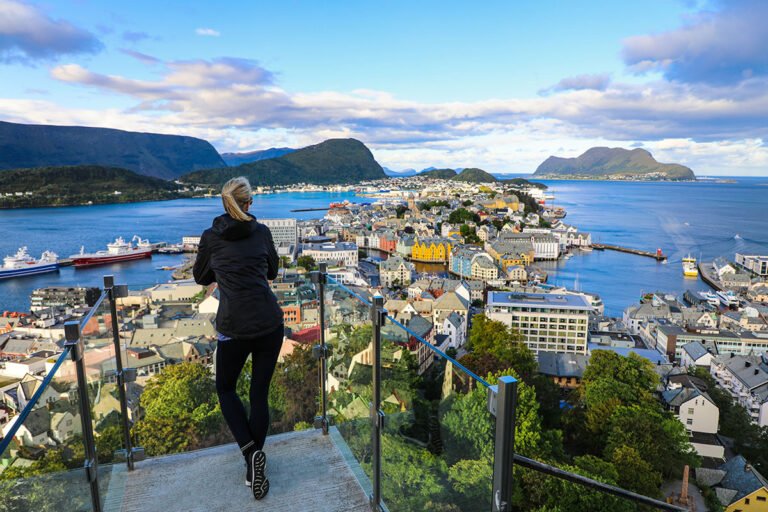
In fact, Norwegians are actually the shortest on average compared to their Nordic neighbours. Norwegians ranked 17th tallest in the world, while Swedes ranked 16th at 172.71cm.
Finns ranked 15th at 172.74cm, Icelanders ranked 10th at 173.21cm, and – somehow – Danes ranked 4th at 174.29cm. The tallest people in the world are the Dutch, with an average height of 175.62cm.
Are Norwegians shrinking?
Norwegians used to rank much higher in the global height rankings. A study published in The Lancet in 2020 showed that 19-year-old Norwegian boys had gone from being the 8th tallest in the world in 1985 to the 17th tallest in 2019.
Norwegian girls had dropped even further: going from 11th tallest in the world in 1985 to 24th tallest.
However, this doesn’t mean that Norwegians are getting smaller. In fact, Norwegian boys and girls are actually 1cm and 0.5cm taller respectively than they were in 1985. Norwegians aren’t shrinking, they’re just not growing as much as other people.
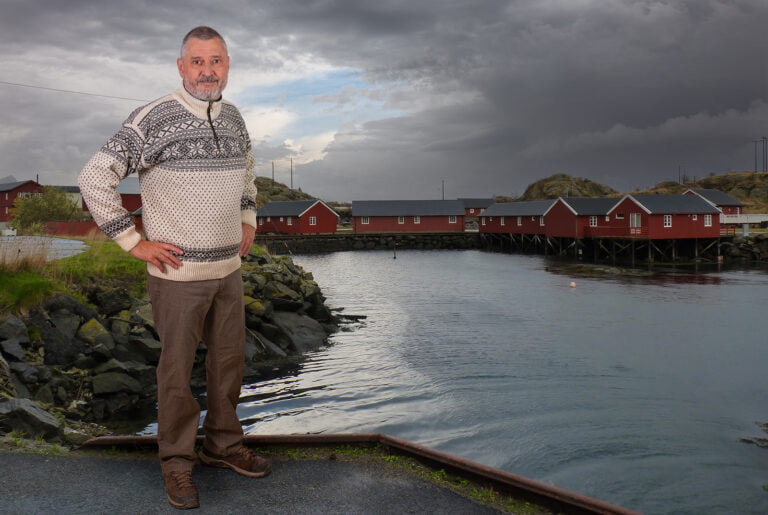
While height is largely determined by genetics, other factors also play a role, such as a person’s nutrition, living conditions and other matters of health when growing up.
Doctor Pétur Benedikt Juliusson argues that the drop in Norwegian height rankings can be attributed to the increasing standards of living in other parts of the world:
“The fact that Norwegian youth have not grown a lot in the last decades compared with many others means that they have had good living conditions the whole time – while the conditions have improved in other countries.”
Pétur’s explanation is supported by the study itself: “Although northwestern European children and adolescents were on average the tallest in the world in 2019, much of this advantage was achieved before the late 20th century, and many of these countries had below median height change from 1985 to 2019”.
The best evidence of the link between living standards and height can be seen when comparing the growth in height over the past two centuries compared to the rest of history.
Human skeletons show little historical difference in height before the industrial era: “There is no clear difference between these records suggesting that preindustrial societies were just as badly off as their ancestors millennia ago.”
This is perhaps unsurprising, considering that the past two centuries saw the development and acceptance of modern medicine, national healthcare, social welfare, workers’ rights, etc., which have all contributed to improving the average person’s living conditions.
So what does this mean for the Vikings?
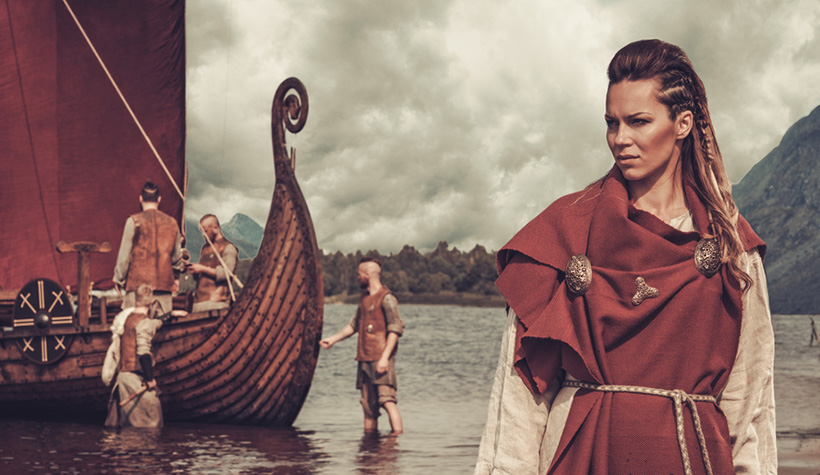
How tall were the Vikings?
The Viking Age lasted from approximately 800 to 1066. So far, we know that height can be greatly influenced by living conditions, and that the majority of European growth took place post industrialisation.
Therefore, we can safely assume that Viking Age Scandinavians were shorter than modern-day Scandinavians.
The Age of Vikings by Professor Anders Winroth gives the measurements of skeletons from a Viking Age grave field in Fjälkinge, Sweden as 160-185cm for men and 151-171cm for women.
This is in line with Viking Age skeletons found in Denmark, which had an estimated average height of 171cm for men and 158cm for women.
However, Winroth states that this is actually shorter than the estimated heights of skeletons from before and after this period, which suggests that “the Viking Age was not a period of relative health with low child mortality”.
| Pre-Viking Age | Viking Age | Middle Ages | |||
| Men | Women | Men | Women | Men | Women |
| 175cm | 162cm | 171cm | 158cm | 173cm | 160cm |
So, Scandinavians were not as tall in the Viking Age as they were in other periods of history. But were they taller than other people at the time? For example, the English?
A study on the average height of the English over the past 2,000 years based on skeletal remains found that the estimated mean height during the Viking Age was approximately 5ft5:
| Year | 900-950 | 950-100 | 1001-116 |
| Mean skeleton height | 168.48cm | 168.42cm | 168.30cm |
Based on these measurements, yes Viking Age Scandinavians were taller on average than Viking Age English people – but not much taller, and certainly not enough to warrant a reputation of being so.
An occupational advantage
Measuring the height of people in the past is always difficult. Records are rare, and any records that might have existed tended to use biodegradable materials such as wood.
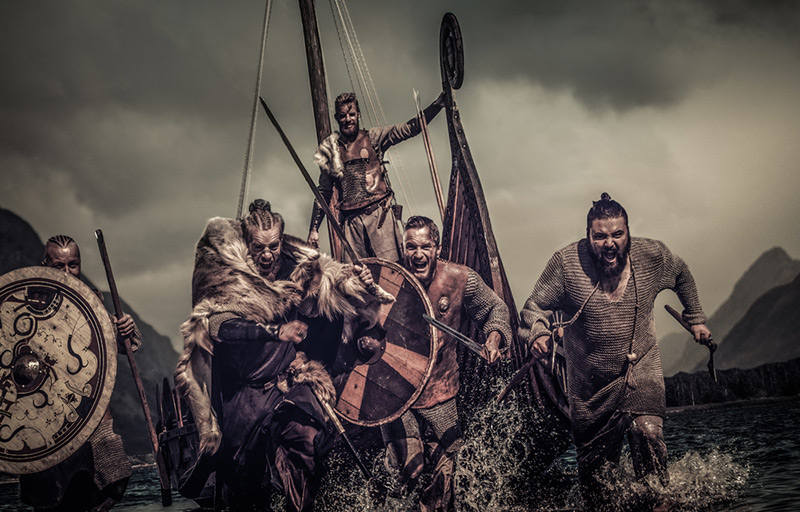
The most common method is to measure skeletons or the femur (which changes the least throughout adulthood and is the most resistant to degradation) to calculate an estimated height of a person. However, this method has its limitations, and you cannot be sure of getting an accurate representation of the general population.
It is possible that certain vikings might have been taller than average, as that would undoubtedly have been an advantage when plundering, sailing and generally not dying in battle.
For example, William the Conqueror is perhaps one of the most famous men of Viking descent. He was the great-great-great grandson of Rollo (a Viking chief who was either Norwegian or Danish), and is famous for being the first Frenchperson – and last foreign power in general – to successfully conquer Britain at the Battle of Hastings in 1066.
Based on measurements of his femur, he was estimated to have been about 178cm – far above the average English person or Scandinavian of the time.
Incidentally, as my mum likes to remind me, William’s wife Matilda of Flanders was much shorter than him at approx. 152cm and they had a famously happy marriage – aside from a slight hiccup in the beginning where he apparently rugby-tackled her off a horse.
My partner has not tackled me off any horses – but he does sometimes put the chocolate on the top shelf, which I consider an act of aggression akin to war.
Another tall viking is the appropriately named Thorkell the Tall – though we don’t know how tall he actually was. The fact he was tall enough that it became his nickname suggests that his height was an exception not the rule.

However, even if vikings were taller than average, this still doesn’t necessarily mean they were Scandinavian. “Viking” was an occupation, not a nationality or ethnic marker, and evidence of them can be found from Iceland to Istanbul.
Read more: The Viking History of Spain
Estimating the height of vikings therefore would need to consider an almost impossibly large pool of data.
It’s good to not be tall
When I was researching this blog post, there were three key points that stood out to me:
Norwegians as a whole are not unreasonably tall compared to the rest of the world. That’s a good thing, as it indicates that global standards of living are generally increasing.
Individual vikings might have been tall, but Viking Age Scandinavians in general were not particularly tall compared to other Viking Age Europeans or Scandinavians from different time periods.
Finally, my partner is indeed a freak of nature.
Where do you fall on the scale of “unreasonably tall” to “shorter side”? Would you still have married a man after he tackled you off a horse? Let us know!



I was always tall, full height 5’9” and commented that in high school and college the tall guys seemed to always ask the short girls out. My father was tall over 6’ and my mother 5’5/6”.(both born in Brevik Norway). My husband was 6’1” when we were married (50 years ago)of Norwegian background on both sides and now I am 5’7.5” Both of our sons are over 6.2”and 16 year old grandson wow Very TALL ‼️ I Love being a first generation Norwegian American 🇳🇴🇳🇴👏👏‼️
My observations of relative heights of different generations of Norwegians is that those born in the 1940s and ’50s, like their contemporaries in the UK, tend to be a lot shorter than those born in the 1970s and onward. Probably this is because of post-WWII food shortages and rationing. Those Norwegians of my age (1960s) are taller than the average British person of that age, because the UK was still a heavily industrialised country then, and breathing in chemicals and leaded car fumes doesn’t do one’s childhood growth any good. More Norwegians are ‘townies’ these days than in the 1980s
Younger Brits are taller and bigger than those who came before them: either stronger and fitter if they are into sports or training, or fatter if they aren’t. We don’t eat much better or worse, or even more calories than we did half a century ago: we just have a reduced activity level due to a proliferation of labour-saving devices.
My observations are from travelling to Norway in the 1990s for winter x-country ski and biathlon team training, and in this century for summer hut touring.
Norway is the best set-up country in the world for those activities. 🇳🇴🇬🇧👍
I’m 1.83m tall. I recently had a DNA test done, which shows I have 20% Norway and Iceland descendants, 14% Welsh, 50% English, then a smaller mix of Irish and Scottish. This is an interesting article, which shows that the Vikings were shorter than we thought, but that we all were shorter 1000 years ago.